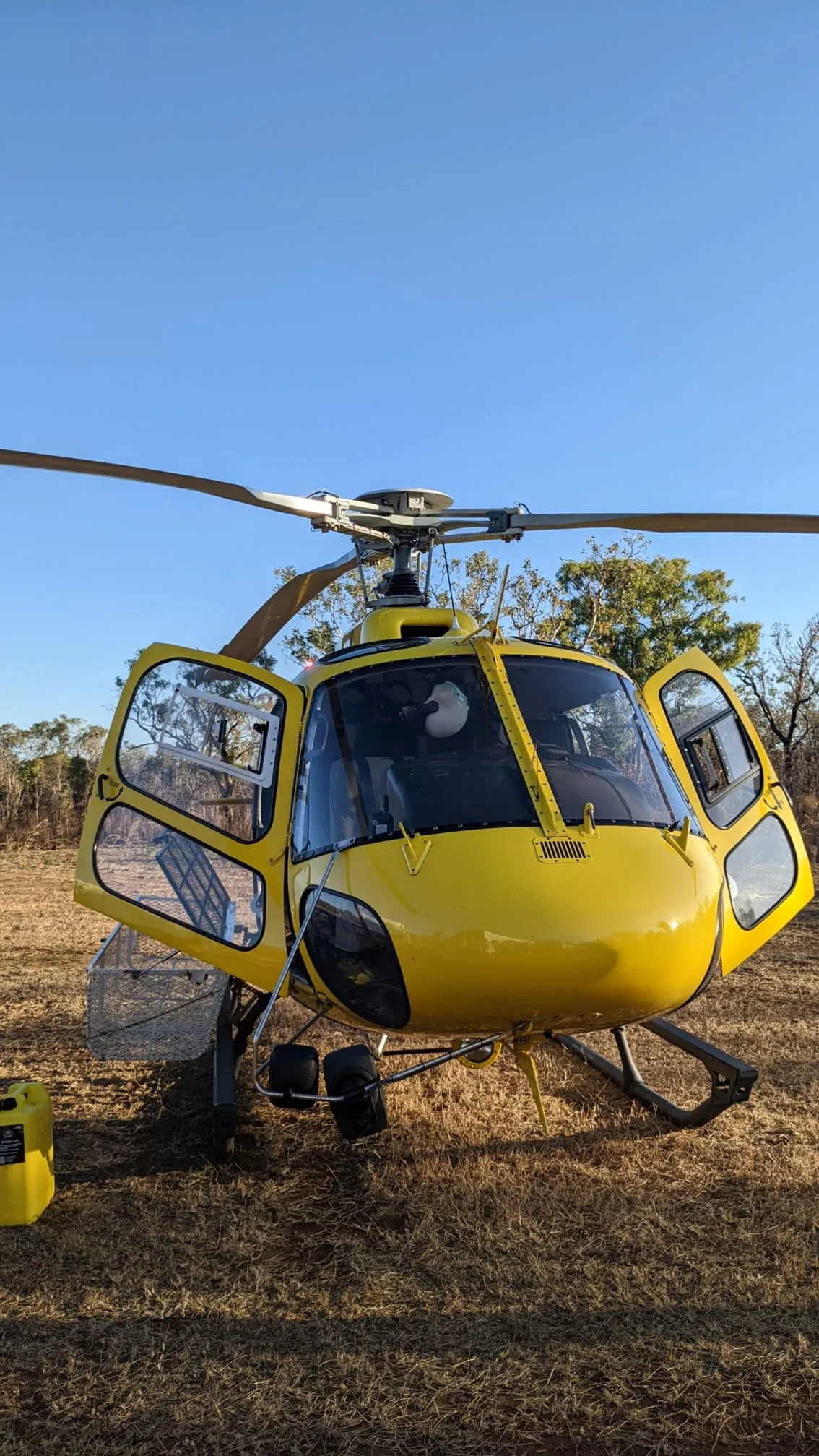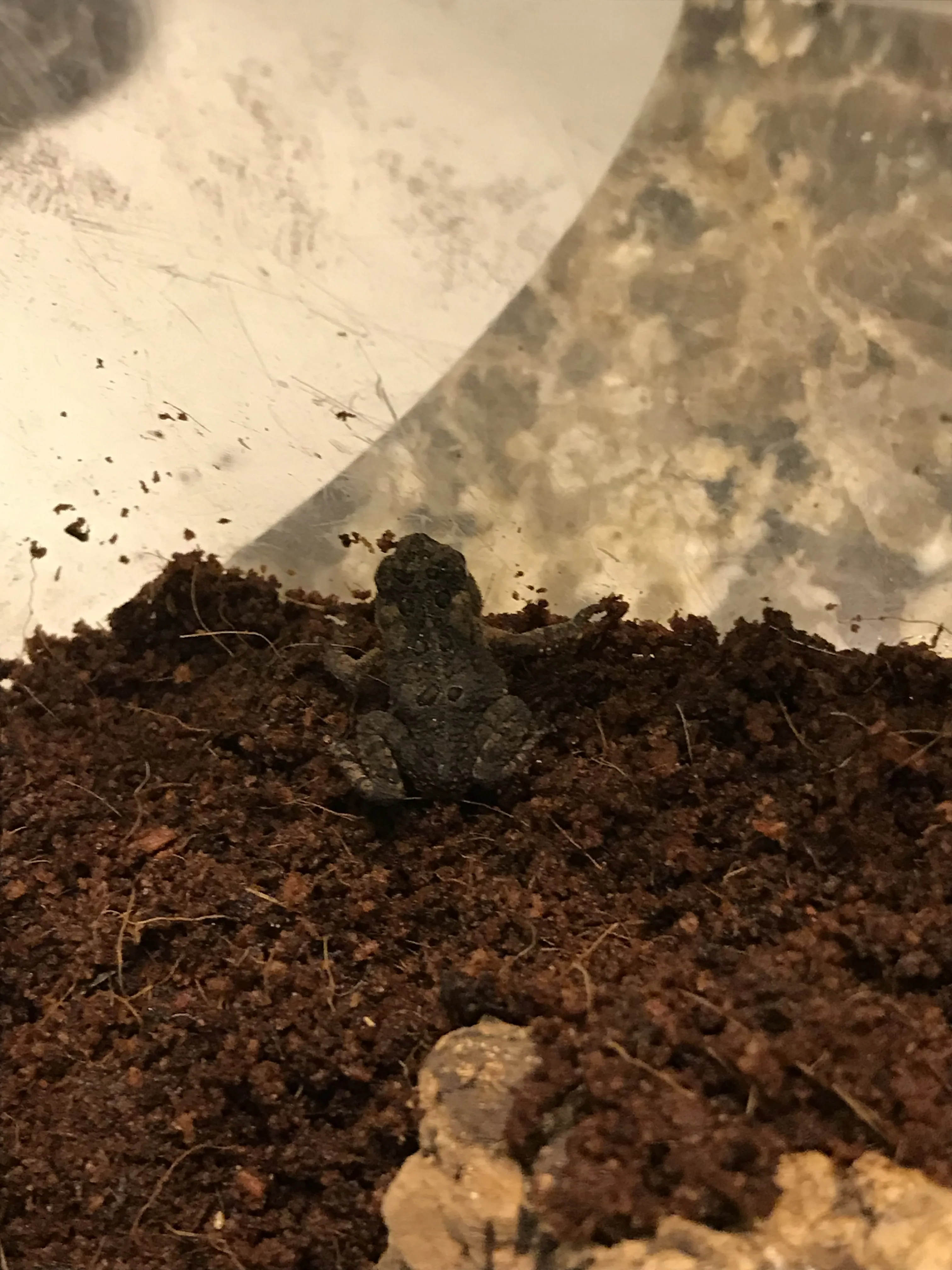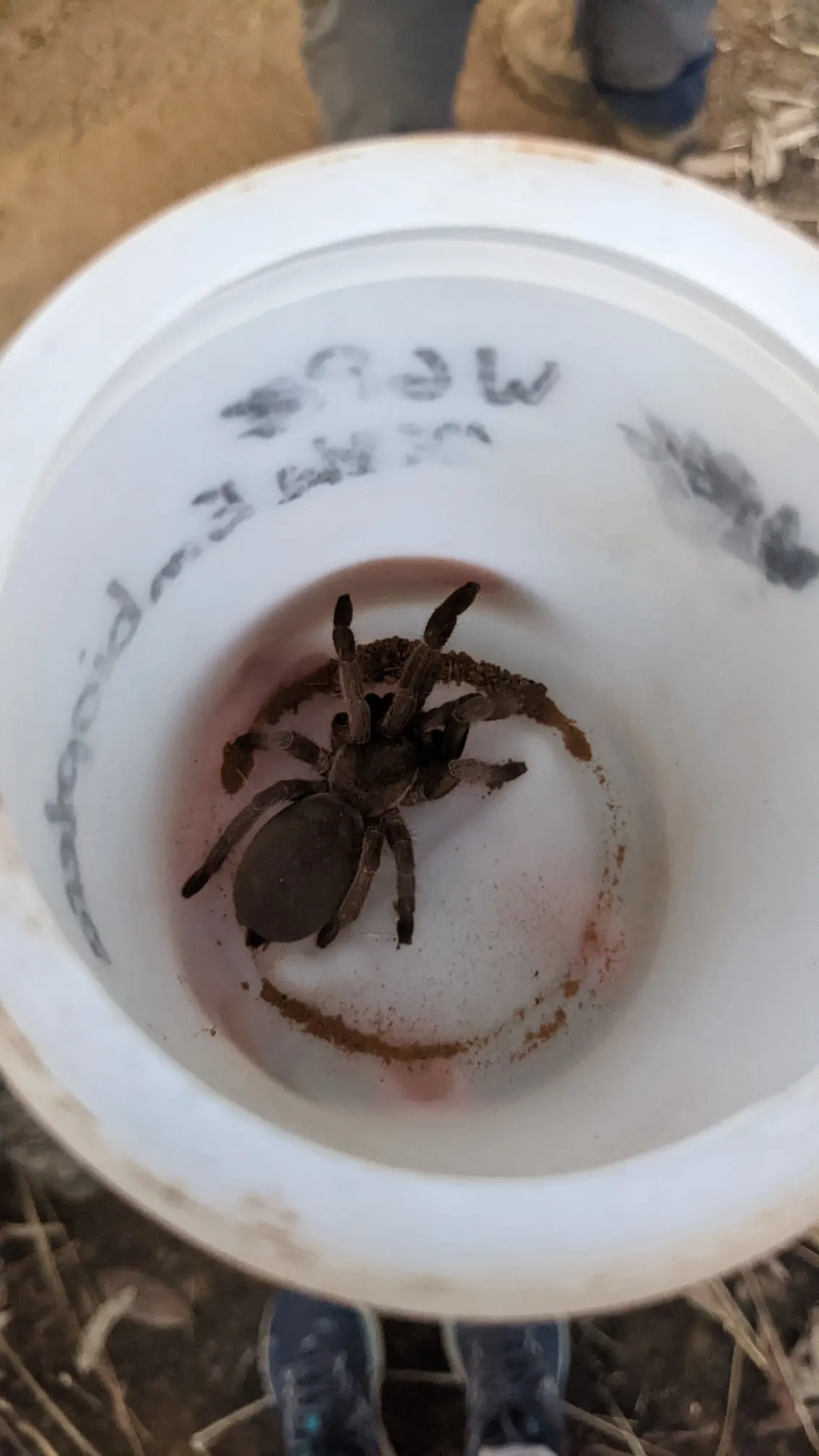Catching a tarantula might seem like a daunting task, but with the right knowledge and approach, it can be done safely and responsibly. This guide provides a quick overview of the essential steps and considerations. Before attempting to catch a tarantula, it is crucial to understand their behavior, habitat, and the necessary equipment. This will not only ensure your safety but also the well-being of the tarantula. Whether you’re a seasoned enthusiast or a curious beginner, this guide will equip you with the knowledge needed to catch tarantulas responsibly.
What is a Tarantula
Tarantulas are large, hairy spiders belonging to the Theraphosidae family. They are known for their size, ranging from the size of your palm to the size of a dinner plate depending on the species. They are found in various habitats worldwide, including deserts, rainforests, and grasslands. While they might look intimidating, most tarantulas are relatively docile and prefer to avoid confrontation. However, they can bite if provoked, and their hairs can cause skin irritation. It’s essential to handle them with respect and caution.
Understanding Tarantula Behavior
Understanding tarantula behavior is critical for safe catching. Tarantulas are generally nocturnal creatures, meaning they are most active at night. During the day, they often hide in burrows or under rocks and logs. They are ambush predators, meaning they wait for their prey to come to them. When threatened, tarantulas may flick urticating hairs (hairs that cause irritation) at their perceived threat or raise their front legs in a defensive posture. Observing these behaviors will help you anticipate their reactions and adjust your approach accordingly. It is extremely important to approach the tarantula calmly.
Identifying Tarantula Habitats

Identifying the habitats where tarantulas live is the first step in finding them. Tarantulas are found in various habitats. Some species live in burrows they dig in the ground, while others make their homes under rocks, logs, or in tree hollows. The type of habitat depends on the species and the climate. Look for burrows, webs, or other signs of tarantula activity. Be particularly observant in areas with suitable temperatures and humidity levels. Researching the specific tarantula species in your area will provide valuable insights into their preferred habitats. Remember to always be mindful of the environment and avoid causing unnecessary disturbance or damage.
Essential Equipment for Catching Tarantulas
Gathering the right equipment is crucial for safely catching a tarantula. This ensures your safety and minimizes the risk of harming the spider. Proper equipment also makes the catching process more efficient. The following items are essential for a successful and safe tarantula-catching experience. Remember to prioritize safety and choose equipment that minimizes stress for the tarantula.
Catching Net
A catching net is an essential tool for capturing tarantulas. Choose a net with a long handle to keep a safe distance from the spider. The net should be made of soft, durable material that won’t snag the tarantula’s legs or cause injury. Avoid nets with coarse mesh, as these can damage the spider’s delicate exoskeleton. A fine-mesh net will allow you to gently guide the tarantula into a collection container. Always inspect the net before use to ensure it is free of holes or tears. The net should be large enough to accommodate the size of the tarantula you are trying to catch.
Collection Container

A secure and well-ventilated collection container is essential for safely transporting the tarantula. A clear plastic container with a secure lid is ideal, allowing you to observe the spider without opening the container. The container should be large enough to accommodate the tarantula comfortably, with space for it to move around. Ensure the container has adequate ventilation to prevent the buildup of condensation and to provide fresh air. The lid should fit snugly to prevent the tarantula from escaping. Avoid containers with sharp edges or features that could injure the spider. A container with a latch will help to prevent accidental openings.
Protective Gear
Always prioritize your safety when catching tarantulas. Wear appropriate protective gear to minimize the risk of bites or irritation from urticating hairs. Long sleeves, long pants, and sturdy closed-toe shoes are essential. Gloves are highly recommended, preferably thick leather or gardening gloves. Eye protection, such as safety glasses, can help to prevent urticating hairs from getting into your eyes. A face mask can also provide additional protection. Check your gear before heading out, making sure everything is intact and ready for use. Remember, your safety is paramount.
Step-by-Step Guide to Catching a Tarantula
Once you have the necessary equipment and a good understanding of tarantula behavior and habitat, you can proceed with the catching process. Approach the task with patience and respect for the animal. Move slowly and deliberately, avoiding any sudden movements that could startle the spider. Always prioritize the safety of both yourself and the tarantula. If you are unsure or feel uncomfortable at any point, it is best to stop and reconsider your approach.
Locating Tarantulas

The first step is to locate potential tarantula habitats. Search areas where you have observed tarantula activity, such as burrows, under rocks, or in tree hollows. Tarantulas are often more active at night, so a nighttime search with a flashlight can be very effective. Look for signs of tarantulas, such as webs, molted exoskeletons, or the tarantula itself. Be patient and methodical in your search, covering the area thoroughly. Careful observation is key to finding these elusive creatures. Using the right tools will make the job much easier, such as a bright flashlight for the dark.
Approaching the Tarantula
When you spot a tarantula, approach it slowly and calmly. Avoid making any sudden movements or loud noises that could startle it. Observe the tarantula’s behavior to gauge its reaction to your presence. If the tarantula appears calm, slowly move closer, keeping your net ready. If the tarantula displays defensive behaviors, such as raising its front legs, back away and reassess your approach. Keep a safe distance and respect the spider’s personal space. Patience is very important; let the spider dictate the pace. Always maintain a respectful distance.
The Catching Process
Carefully position your net over the tarantula. Gently guide the spider into the net without startling it. Once the tarantula is inside, quickly and carefully lift the net, ensuring the spider does not escape. Be gentle and avoid trapping the spider’s legs or body in the mesh. If the tarantula is in a burrow, you may need to gently coax it out using a long stick or other non-threatening object. Try to avoid touching the tarantula directly. Close the net immediately after capturing the spider to prevent escape.
Safely Transferring the Tarantula

Once the tarantula is in the net, carefully maneuver the opening of the net over your collection container. Gently tip the net, allowing the tarantula to walk or fall into the container. Ensure the tarantula is safely inside the container before sealing the lid. If the tarantula is reluctant to move, you can gently nudge it with a soft object like a paintbrush or piece of cardboard. Avoid shaking or jarring the container, which could stress the spider. Close the container securely to prevent escape. If you need to transport the tarantula, secure the container to prevent it from tipping over.
Post-Catching Considerations
Once you have successfully caught a tarantula, there are several important considerations to ensure its well-being. Proper care and a suitable environment are essential for its survival. Always prioritize the tarantula’s safety and comfort. Consider whether you are prepared to care for the tarantula long term. Make sure you have the time, resources, and knowledge to provide the necessary care. If you are unsure, consider releasing the tarantula back into its natural habitat.
Providing a Suitable Environment
Provide the tarantula with a habitat that mimics its natural environment. This includes a secure enclosure of appropriate size, substrate for burrowing, and hiding places such as cork bark or artificial plants. The enclosure should have good ventilation and be kept at the correct temperature and humidity levels for the species. Research the specific needs of the tarantula you have caught, as different species have different requirements. Ensure the enclosure is escape-proof and free from potential hazards. Create a comfortable and safe living space. Regularly clean the enclosure.
Feeding and Care

Tarantulas primarily eat insects, such as crickets, mealworms, and roaches. Provide a varied diet appropriate for the size and species of your tarantula. Offer food regularly, but do not overfeed. Remove any uneaten food within 24 hours to prevent mold and mites. Provide fresh water in a shallow dish or by misting the enclosure. Monitor the tarantula for signs of illness or stress, such as lethargy, loss of appetite, or unusual behavior. Always wash your hands after handling the tarantula or its enclosure.
Legal and Ethical Considerations
Before attempting to catch or keep a tarantula, it is essential to be aware of any legal and ethical considerations. Some species of tarantulas are protected by law, and it may be illegal to capture or keep them without a permit. Research the local laws and regulations regarding tarantulas in your area. Consider the ethical implications of removing a wild animal from its natural habitat. Only catch tarantulas if you are prepared to provide proper care and a suitable environment. If you are unsure or unable to provide the necessary care, it is best to leave the tarantula where you found it.
Catching tarantulas requires careful planning, preparation, and respect for these fascinating creatures. By following this guide, you can safely and responsibly catch a tarantula. Remember to prioritize your safety, the tarantula’s well-being, and the legal and ethical aspects of this activity. Always do your research, and never take unnecessary risks. Enjoy the experience, and appreciate the unique beauty of these amazing animals. Following these guidelines will help ensure a positive and safe experience for both you and the tarantula. Happy catching!
